March 27 afernoon
2021 March 27 afternoon
Rosemary Jorna sends pictures of flies from the Kemp Lake area. She points out that the first two are the same species that she photographed last year and which we identified then as:
Certainly Empididae Probably Empis Possibly Empis barbatoides.
She says they put her off her dinner, and she’s glad they aren’t her size.
Jeremy Tatum writes: The third fly, in its actual size, would more likely put me off my dinner than the empidids. I don’t know exactly what it is, although I think it is most likely one of the Calliphoridae.

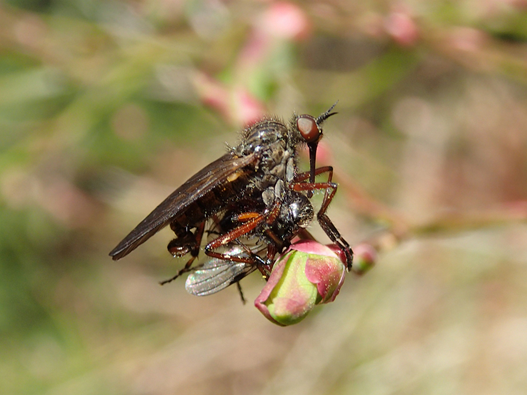
Probably Empis (Dip.: Empididae) Rosemary Jorna

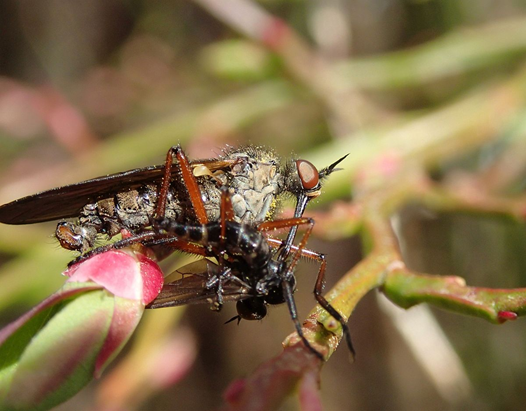
Probably Empis (Dip.: Empididae) Rosemary Jorna
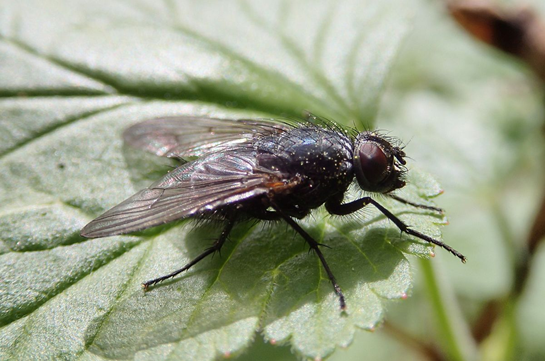
Diptera, probably Calliphoridae Rosemary Jorna
Ian Cooper has been continuing wandering, on bicycle, along the Galloping Goose Trail in the middle of the night. He photographed these creatures in the dead of night. I don’t think any of us would like to meet them if they were our size.

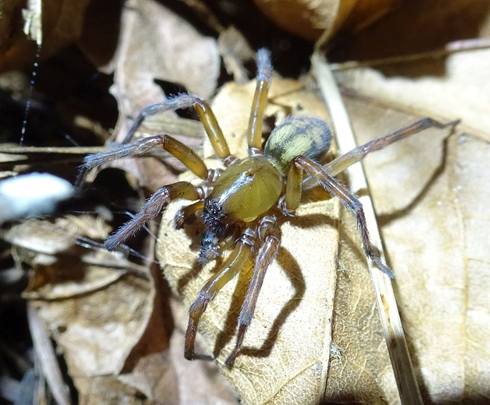
Callobius pictus (Ara.: Amaurobiidae) Ian Cooper

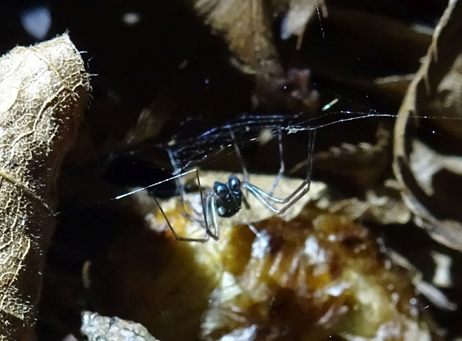
Unidentified sheetweb spider (Ara.: Linyphiidae) Ian Cooper

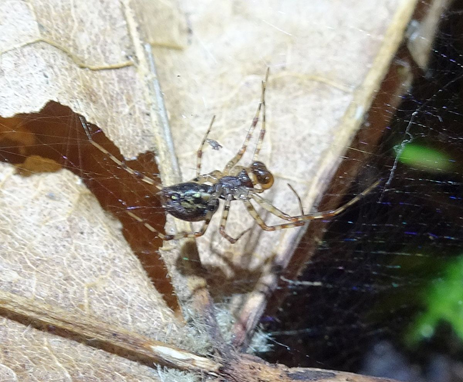
Unidentified sheetweb spider (Ara.: Linyphiidae) Ian Cooper

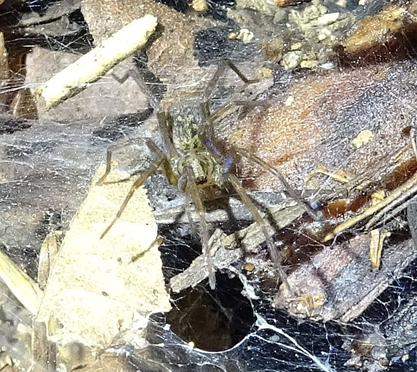
Eratigena (probably duellica) (Ara: Agelenidae) Ian Cooper


Flat-backed Millepede (Polydesmida: Eurymerodesmidae) Ian Coope
Almost as difficult as identifying millepedes is deciding how to spell them. Millipede or millepede? I can think of convincing arguments to support either spelling. After arguing with myself for a while, I persuaded myself that we can make finer use of the English language if we distinguish between “milli” to mean a thousandth part of, as in millimetre, and “mille” if we mean a thousand, as in millepede. To use the same spelling for both uses blurs its meaning and weakens our language.
